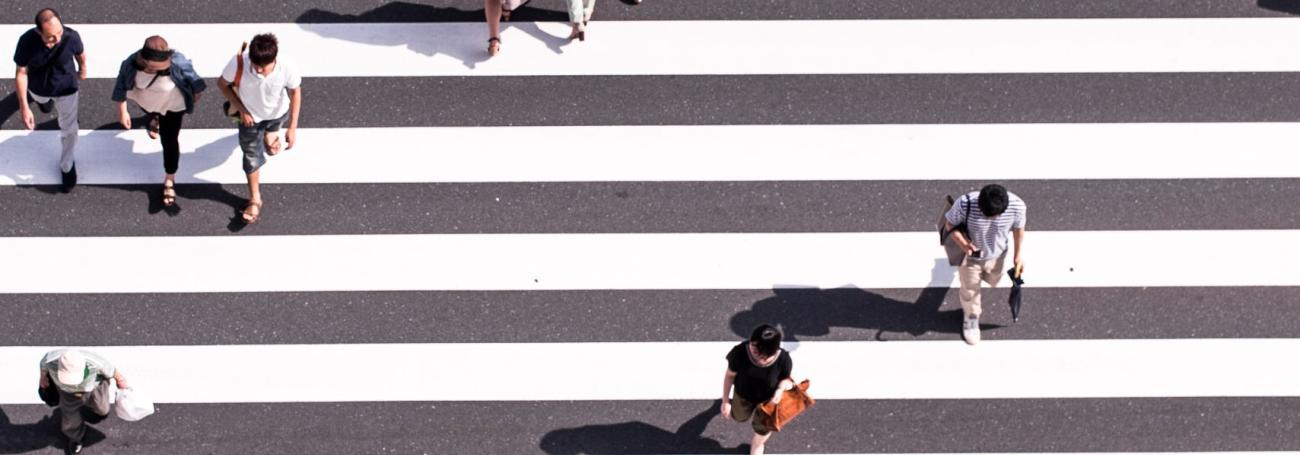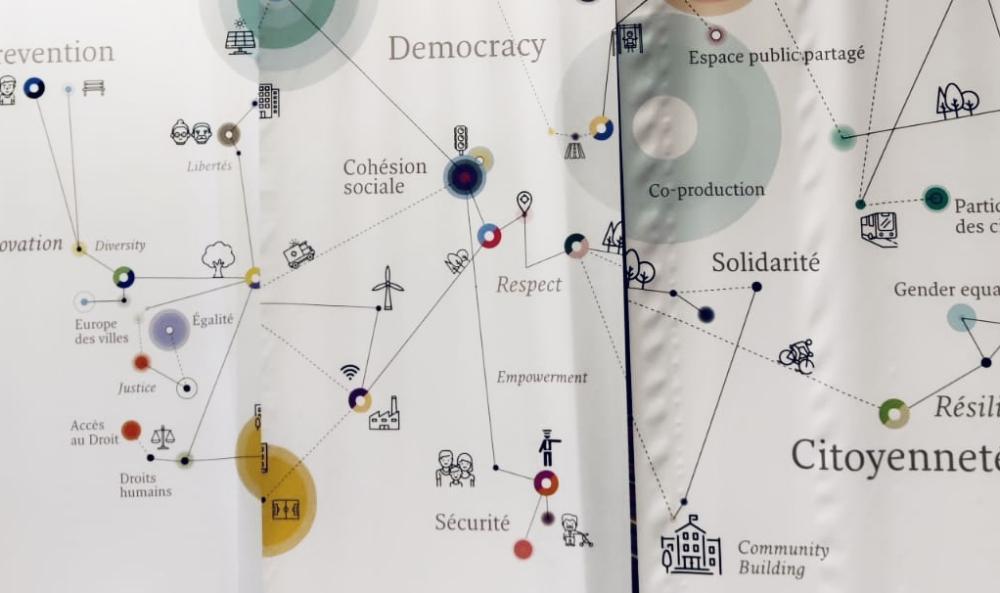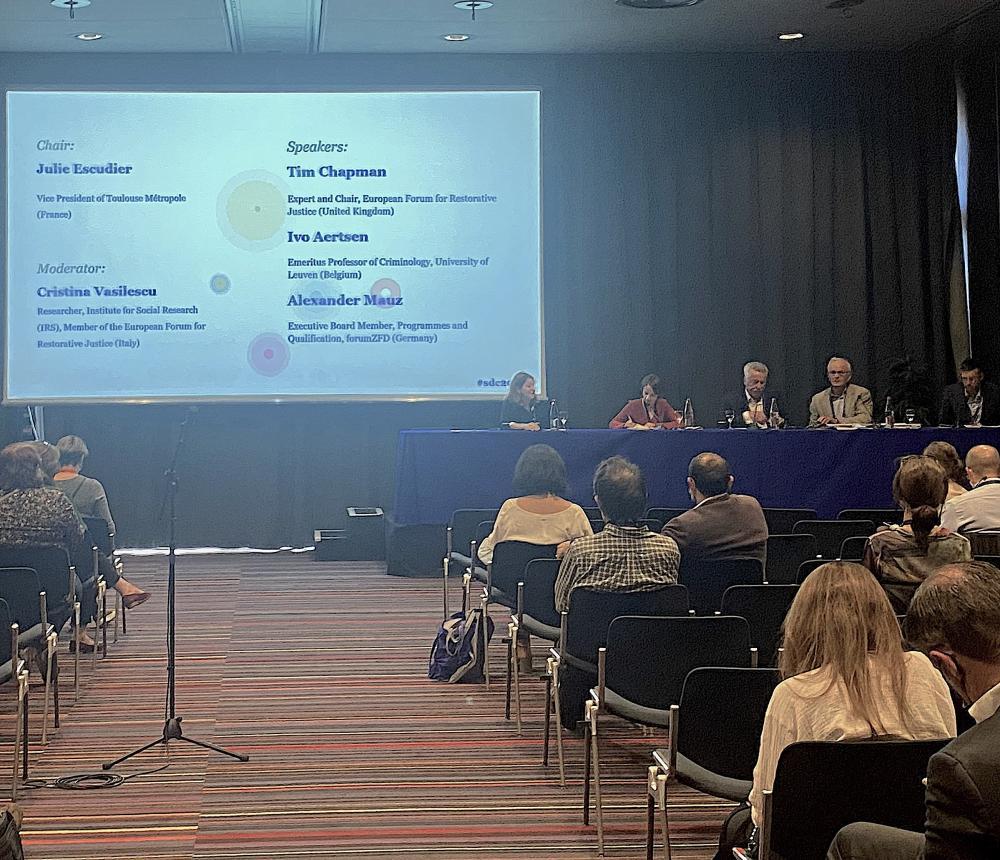Restorative justice can contribute enormously to fostering urban security as it has the potential to deal with many of the causes at the basis of feelings of unsafety experienced by citizens nowadays (e.g. fractures of social relations, loneliness, feeling excluded, lack of trust, putting one’s own interest at the centre of his/her actions). Restorative justice has a transformative power, as it does not only pay attention to the encounter between victims and offenders and to the reparation of harm, but it also identifies and deals with the causes beneath harm. Thus, restorative justice has the potential to unveil social inequalities forging harm. However, restorative justice does not limit itself to revealing social inequalities, but it also deals with them by encouraging citizens to take over their responsibilities in dealing with social inequalities in their communities, by making people accountable for their actions and by fostering active dialogue between members of the community (e.g. citizens, institutions, social actors, private actors) on ways to deal with such inequalities. In addition, it challenges people to apply restorative principles (i.e. respect for the others, dignity, mutual concern, solidarity, truth and justice) in their daily lives.
Restorative justice bases its “raison d'être” on the fact that all people are valuable, have the capacities and the knowledge to deal with the issues that concern them and need to be respected for what they are, with their needs, faults and capabilities. In turn, this contributes to reducing people’s feelings of exclusion. Moreover, through promoting mutual responsibility and solidarity, restorative justice assumes that the well-being of a community depends on the care that members of the community as a whole have for each other. Through building relations that not only recognise the “other”, acknowledging and respecting his/her diversity, but also take care of the well-being of the “other”, restorative justice is able to contribute to the creation of a community attentive to collective well-being. Furthermore, restorative justice assumes that truth can be achieved only through the dialogue between each other’s truth. It acknowledges people’s need for his/her truth to be listened to and recognized and creates safe spaces/opportunities where active listening and empathic dialogue between community members can take place. Through encouraging empathic dialogue and by engaging people in just relations, restorative justice can contribute to recomposing social fractures.
In this understanding of restorative justice, the focus is put on the collective “us”, on common good, on a shared vision of collective well-being and on the social responsibility of all community members. Through the dialogue between various perspectives and the promotion of a shared set of social values, restorative justice questions social injustices and activates integration processes that make social conflicts “productive,” allowing for community building and social cohesion. Indeed, in restorative justice conflicts are not seen as a barrier to interpersonal relations, but as an encounter and learning opportunity for parties involved and for the wider community itself. By bringing conflict parties and the wider community together to acknowledge the harm, to take responsibility for it, to repair it and reconstruct social relations within the community, restorative justice brings the resolution of conflicts back to people. This in turn contributes to reinforcing communities, empowering victims and including offenders, strengthening urban security.
The potential of restorative justice to forging urban security lies, thus, in its capacity to build peaceful, respectful and proactive communities able to and responsible for keeping peace before technology and police.





